Affiliate links on Android Authority may earn us a commission. Learn more.
LG G7 vs LG G6 quick look: Definitely upgrade
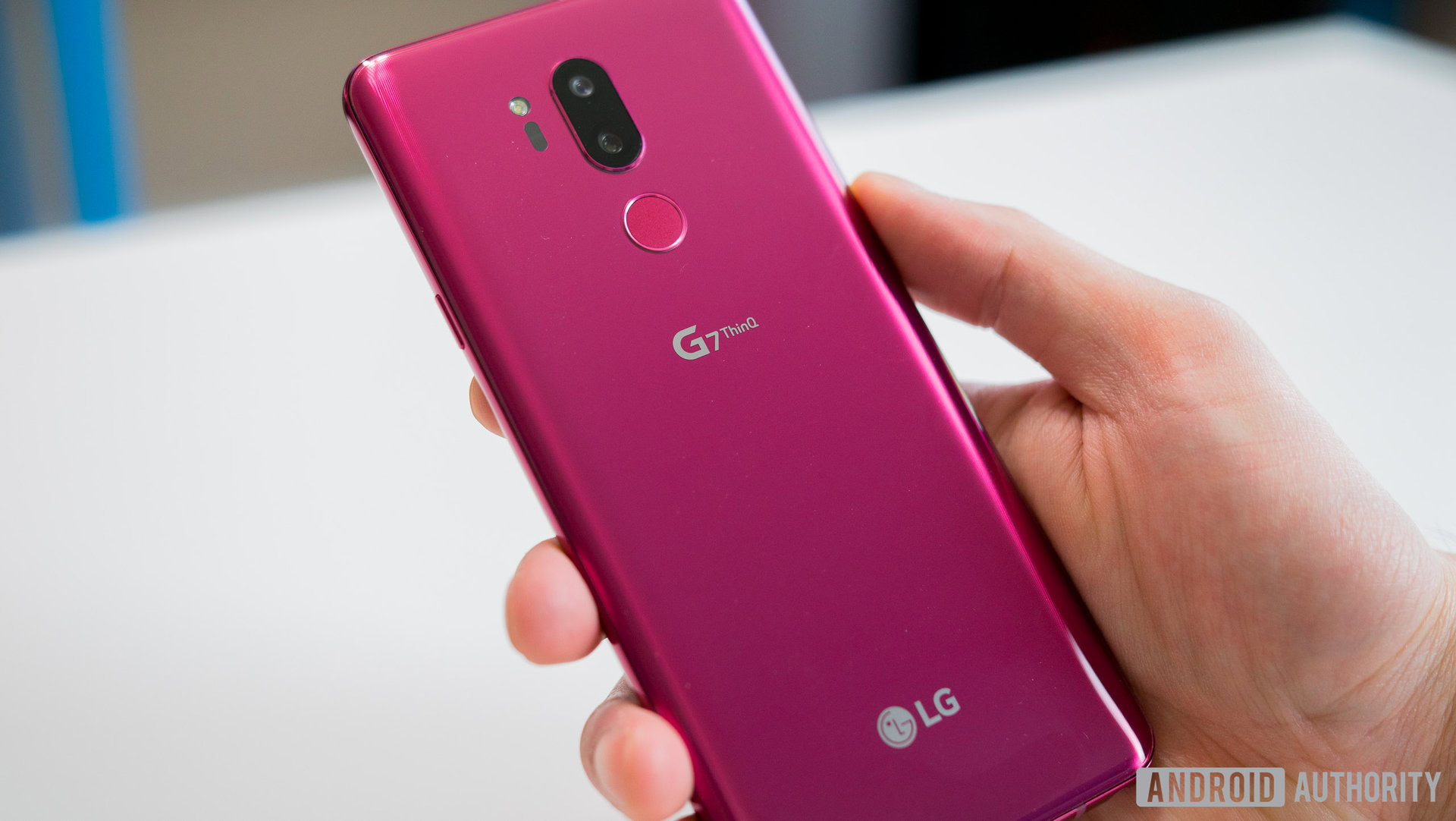
LG typically updates its G line of phones without too many radical changes – this year, it has married some of the ideas of the G6 with the more recent V30. But LG always manages to inject a few new ideas to keep everything feeling fresh. I’ll give the main takeaway right now – if you are still using an LG G6 and you want to retain much of the same experience, the latest iteration is definitely worth your attention, as it’s yet another solid G series phone. But is it enough to justify a 12-month upgrade? Find out in our LG G7 vs LG G6 comparison.
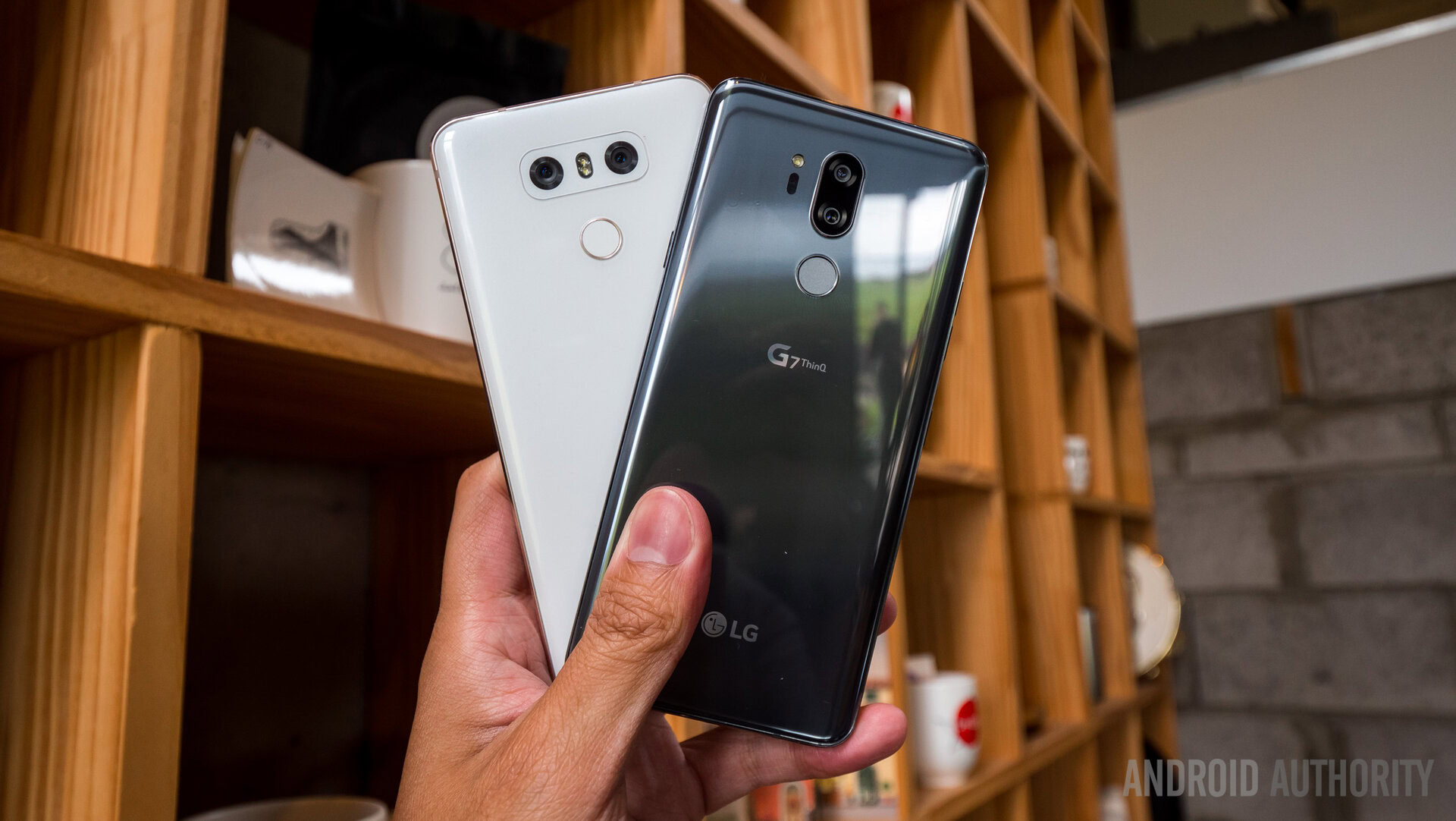
In a slight change of pace, the updates in design are not as egregious as the G6 was after the G5, with the G7 very much following in the G6’s footsteps. There are no offbeat attempts at introducing radical new ideas like modularity either. The glossy back returns in a few different colors and a few subtle shifts are made for the user’s convenience.
Read Next: LG G7 Thinq problems and how to fix them
One main difference is in the power button, which was once part of the fingerprint reader in the G6. Now, the power button has been put in a more conventional spot on the side. Beyond just turning your phone on, it also serves as a much easier way of triggering the camera by double pressing it.
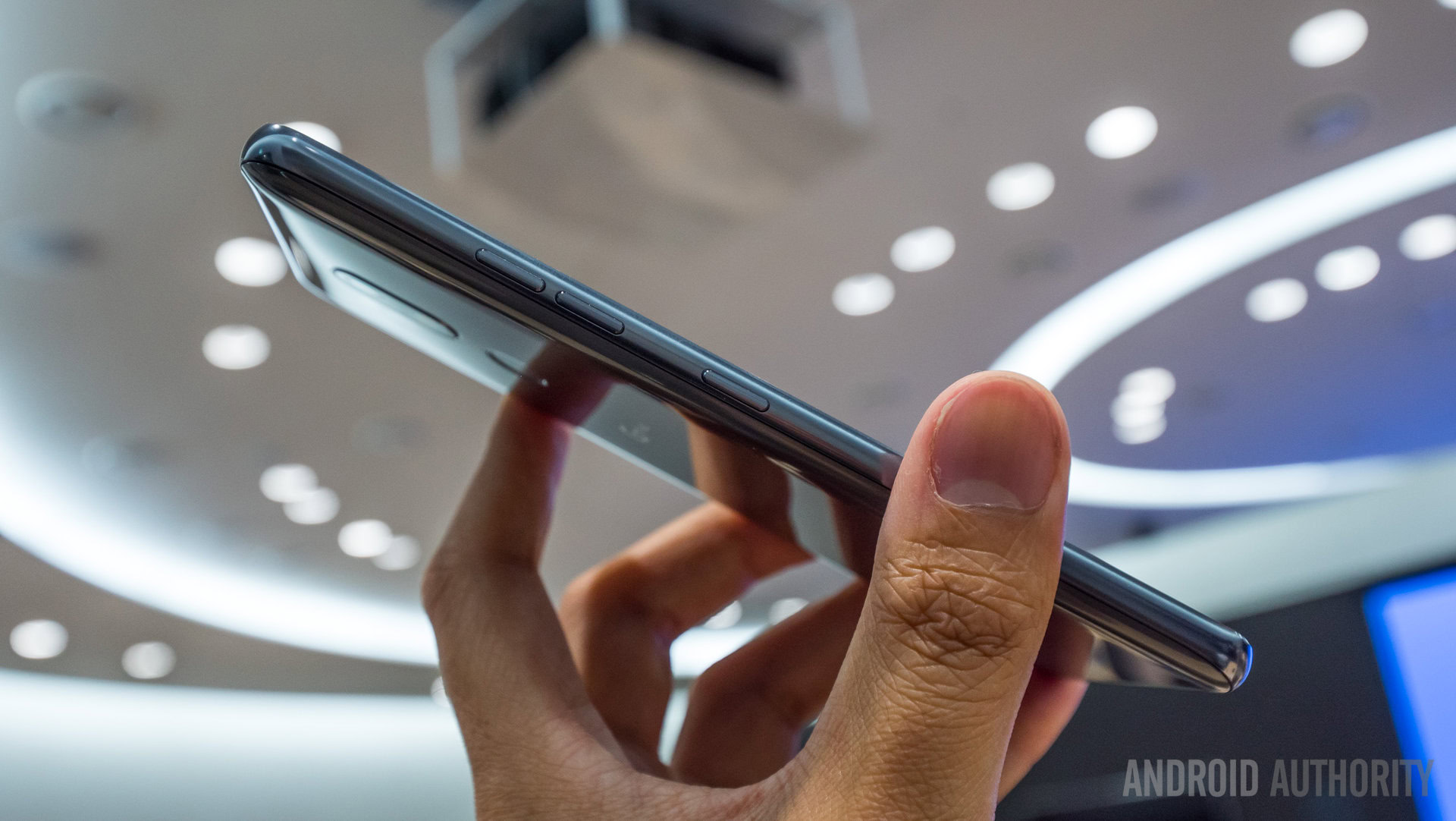
The LG G7 also adds an additional button like Samsung’s Bixby button, which LG calls the AI key. Fortunately, Google Assistant is the AI of choice for the LG G7, and this dedicated button could radically change the way people interact with it. Pressing the AI key serves the same purpose as holding the home button on the G6: it summons the Assistant. But the AI key does much more than that.
You can double press the AI key to trigger Google Lens or you can hold it down to speak to Assistant as if through a walkie-talkie. Compared to pretty much any other smartphone that has to automatically detect when you have stopped talking, the G7 affords users the ability to definitively let Google Assistant know when you are done.
Granted, it’s a subtle change in the grand scheme of things because Assistant is essentially the same, but the ease of use that this dedicated button suddenly adds could prove very useful for many avid Google users. Anyone who’s used Pixel Buds will know what I’m talking about.
New buttons on the G7 add convenience and functionality.
Speaking of AI, more of it appears now in LG’s software especially in the form of SmartThinQ and the Smart Bulletin. SmartThinQ is an app that helps the phone connect automatically with LG’s IoT platform, while Smart Bulletin provides cards to the left of the homescreens for imparting contextual information.
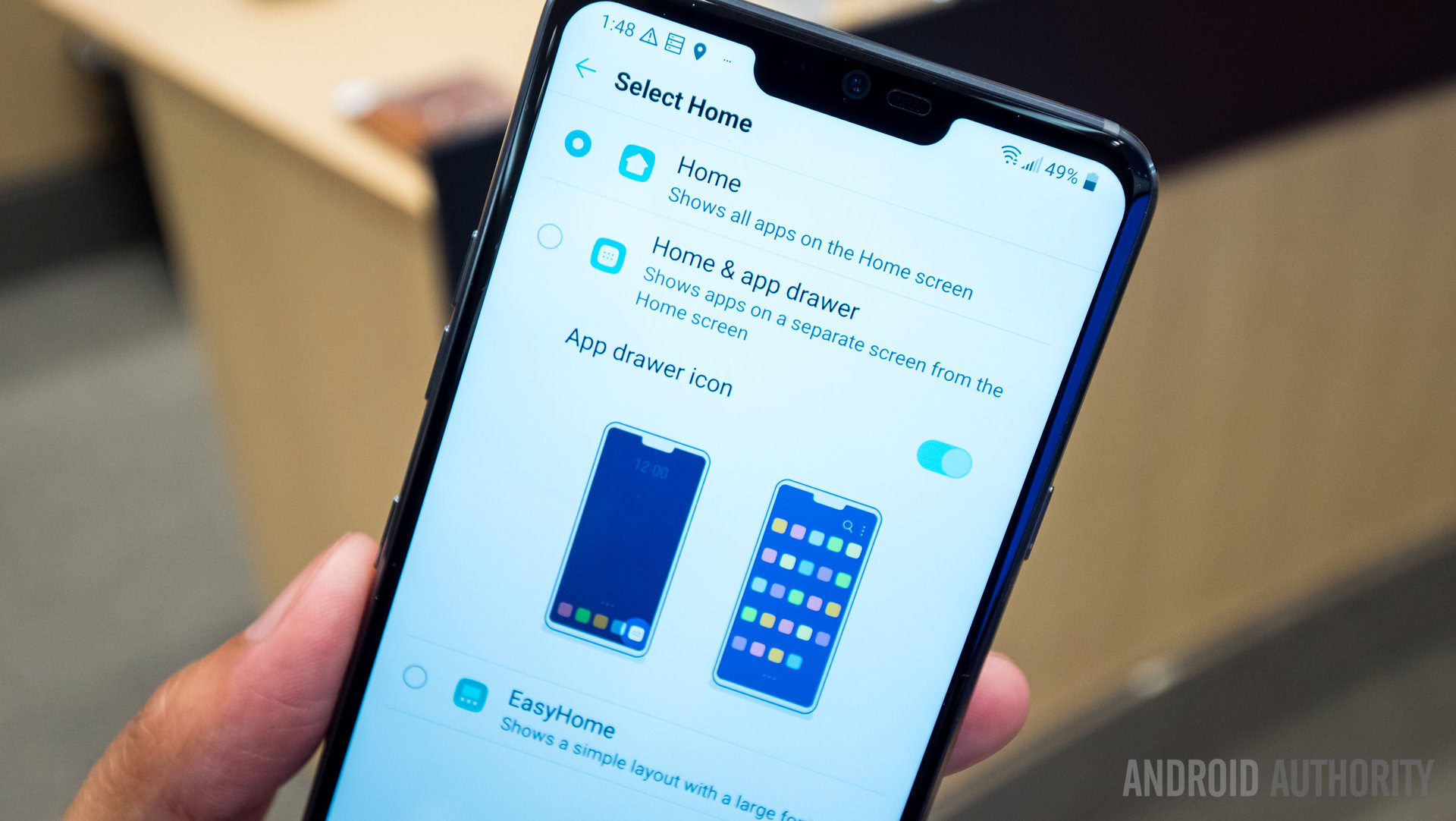
Another change from one phone to another is the notch. Whereas the LG G6 was an early proponent of the new 18:9 aspect ratio, the G7 stretches that just a little bit more by adding a bit more screen. The display cut-out flanks the front-facing camera and the phone speaker centered at the top.
Rather than a “notch,” however, LG calls this the New Second Screen, which is an update to the remnants of V series phones that came before the LG G6. A second screen used to mean an entirely different place to put some notifications, some text, maybe a signature, but this New Second Screen just allows for customization of the notch.
Related reading: Can you learn to “love the notch”?
As with other recent notch phones, you can hide the notch with software, but the G7’s LCD makes it less convincing than other phones with an OLED panel. If you’d prefer to highlight the notch instead, you can also add some color to make it stand out even more.
You may have some strong opinions on the notch and if you are a veteran LG user you might have some equally strong opinions on the use of the term “second screen” here. At the very least you still get the Always On Display in both generations of the phone.
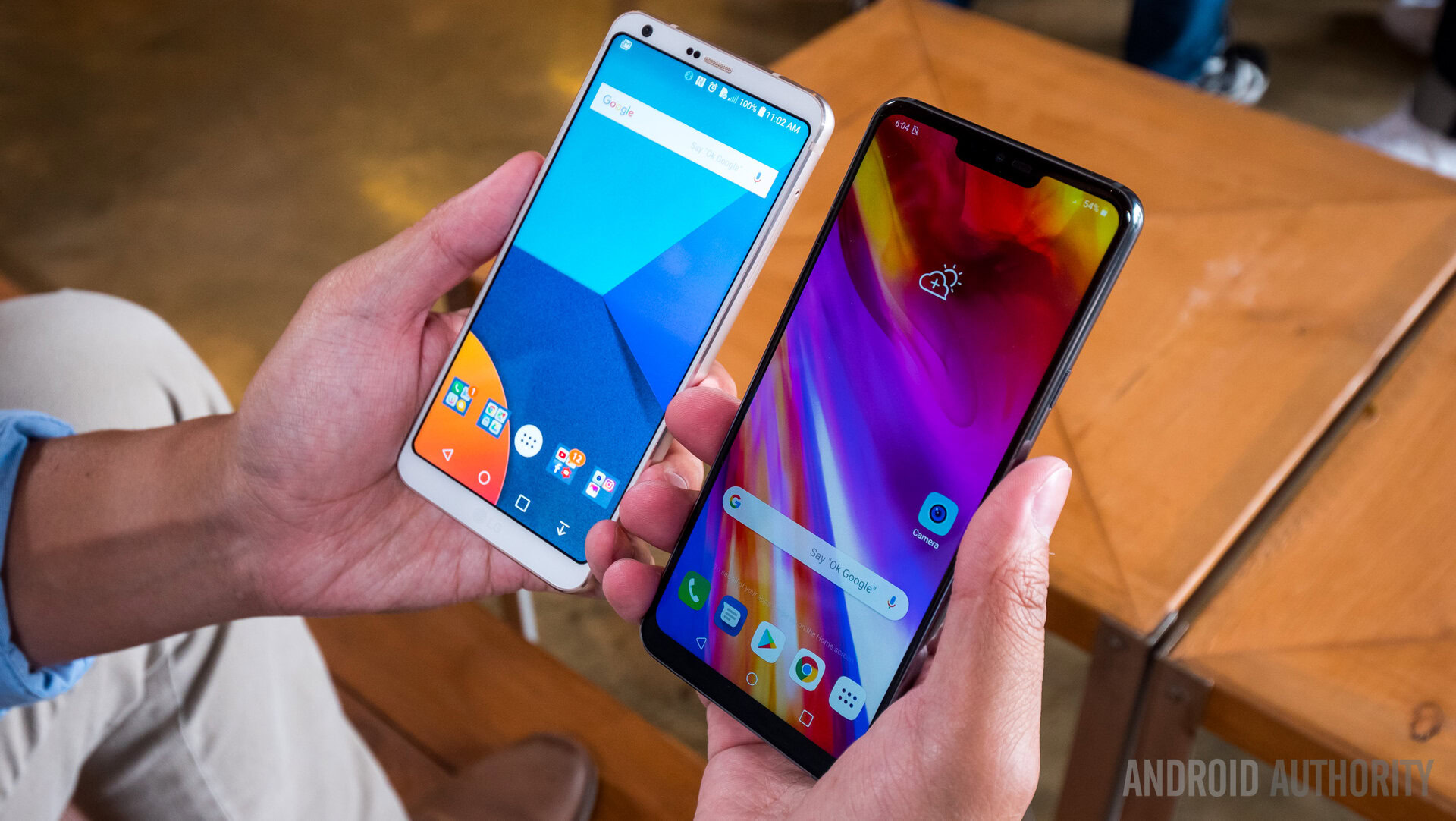
With all that said, the screen of the G7 is still Quad HD+, it just has a little more available at the top. It is a more powerful screen in terms of brightness, though, as LG has tuned the new IPS LCD display to get up to 1,000 nits either automatically in broad daylight or by a quick button press in the notification area. In daylight situations we found the G7 to be plenty legible thanks to this tuning, so it is a helpful if not often used feature.
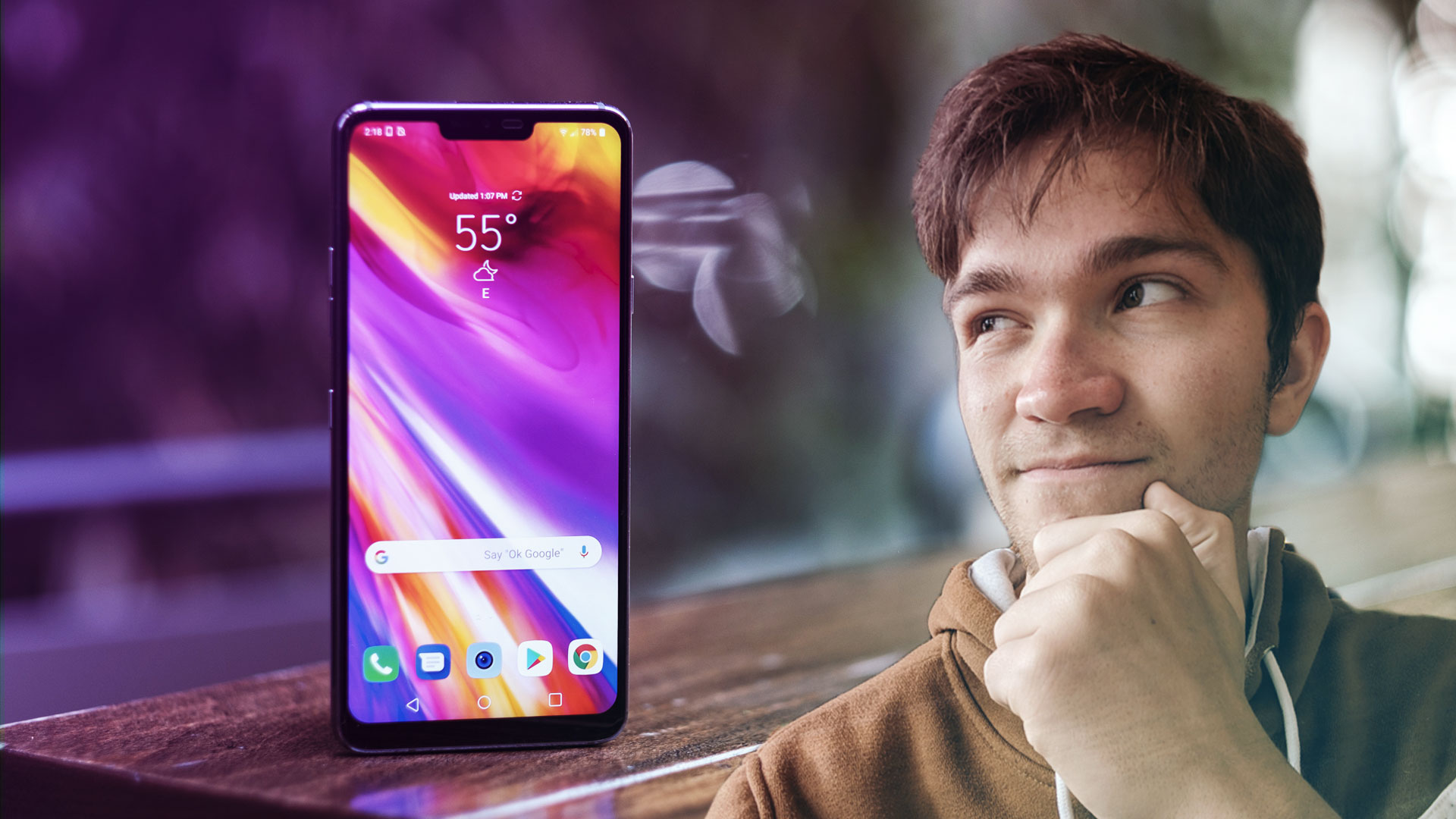
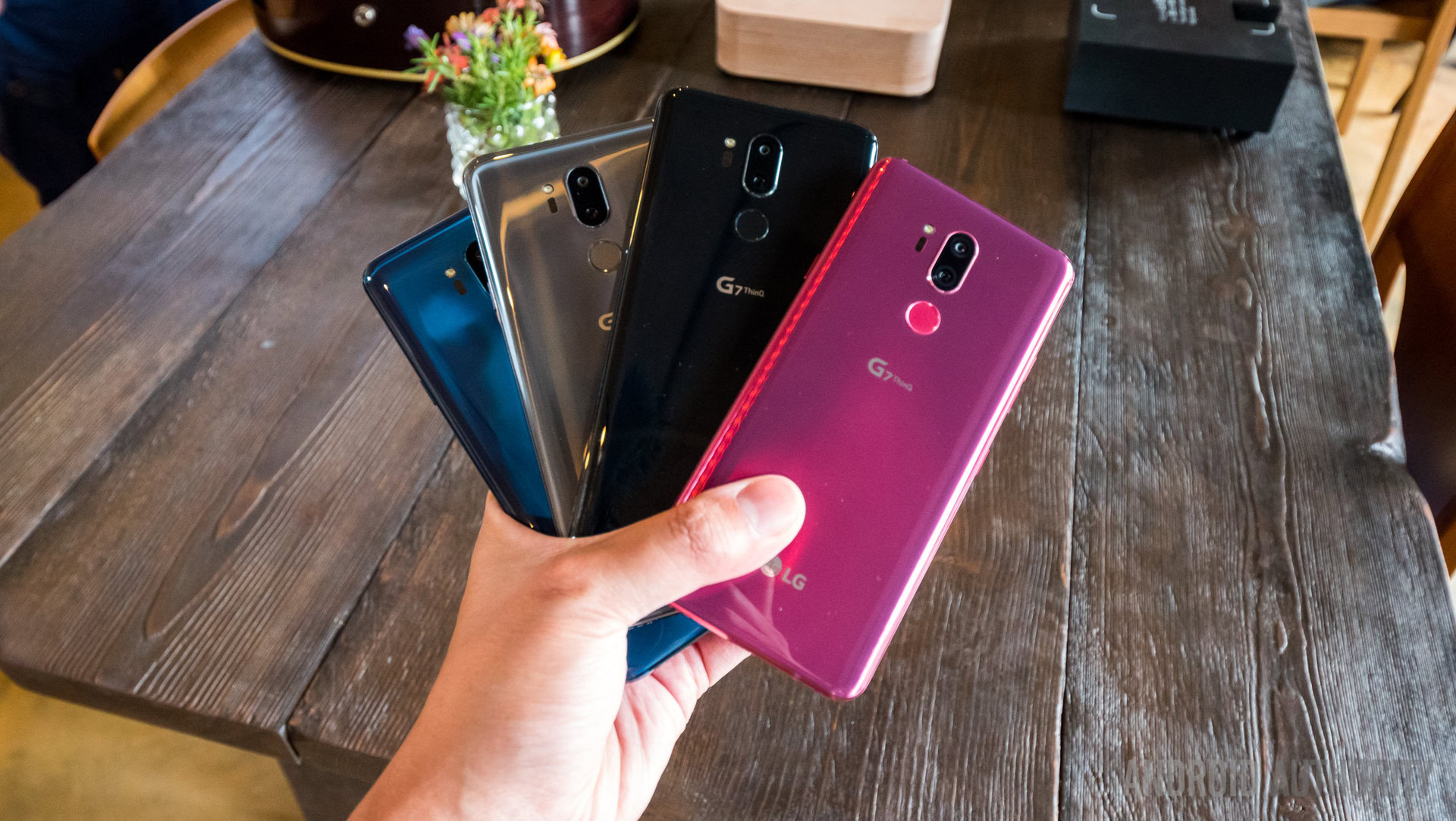
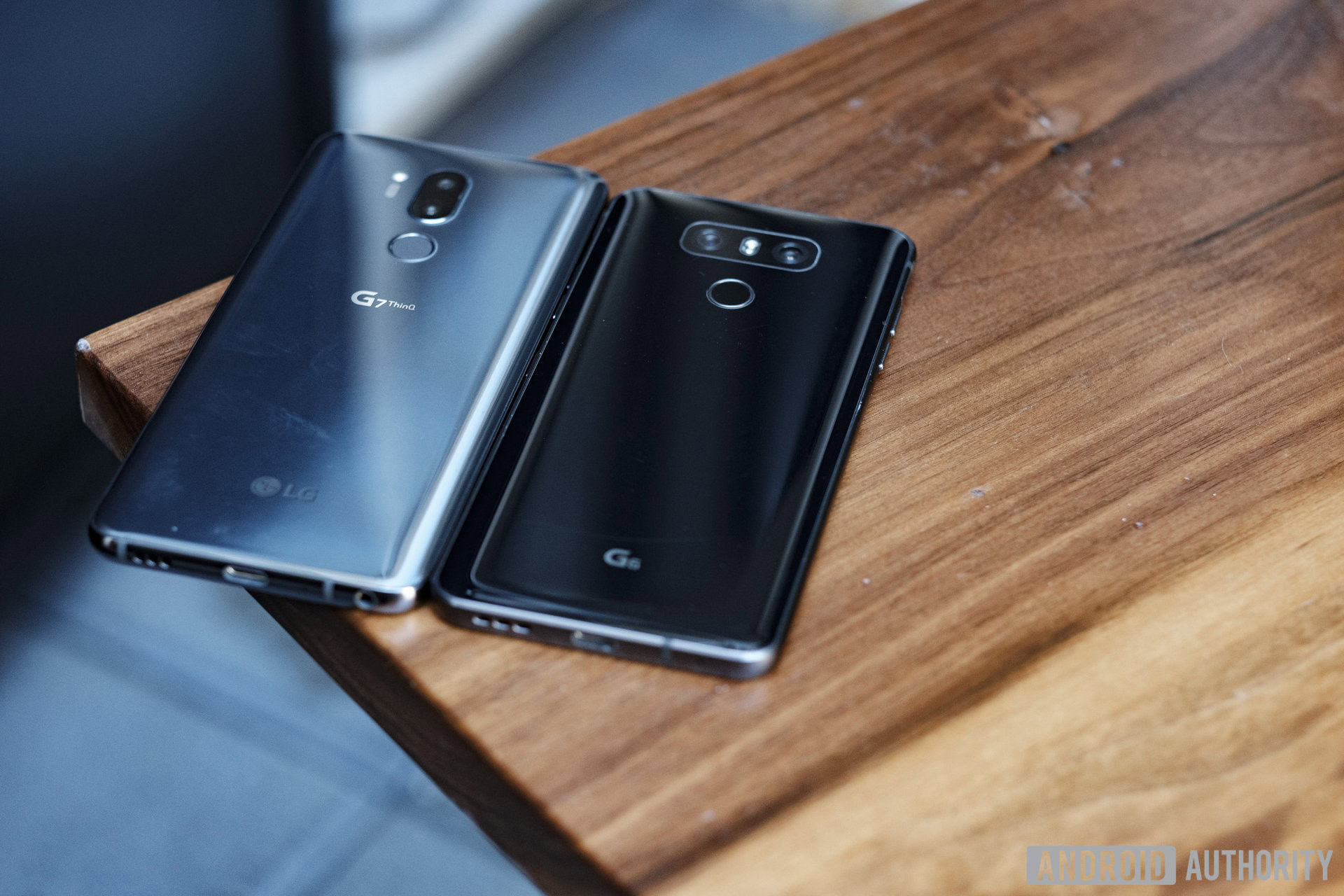
A performance boost is par for the course in year-to-year smartphone evolutions, but this year the G7 does things a little differently. Unlike the G6, which shipped with “last year’s processor” (the Snapdragon 821 when the 835 was already out), the G7 sports the latest and greatest chipset, the Snapdragon 845.
Unlike previous G series phones, the G7 sports the latest and greatest chipset.
Alongside the Snapdragon 845, the G7 comes with up to 6GB of RAM and up to 128GB of onboard storage. This alone might be enough of a reason for many of you to upgrade, as the Snapdragon 821 seems light years ago in smartphone processing cycles. Unfortunately, the only variant slated for the U.S. market is the version with 4GB of RAM and 64GB of storage.
One place where the spec sheet falters a little is in battery life – the 3,300mAh battery unit of the G6 gets cut down to 3,000mAh in its successor. While that doesn’t sound so great at first, perhaps “sounding great” was one of the reasons why this happened.
Enter the sound experience, which has always represented a good portion of what’s most notable about recent LG phones. The 32-bit Quad DAC returns, as does the headphone jack, which will please those who don’t want to move to USB-C adapters or try to find a decent pair of USB Type-C headphones. Some surround sound tuning via the DTS-X 3D standard has also been added into the G7, so audiophiles have even more to enjoy in the newer phone.
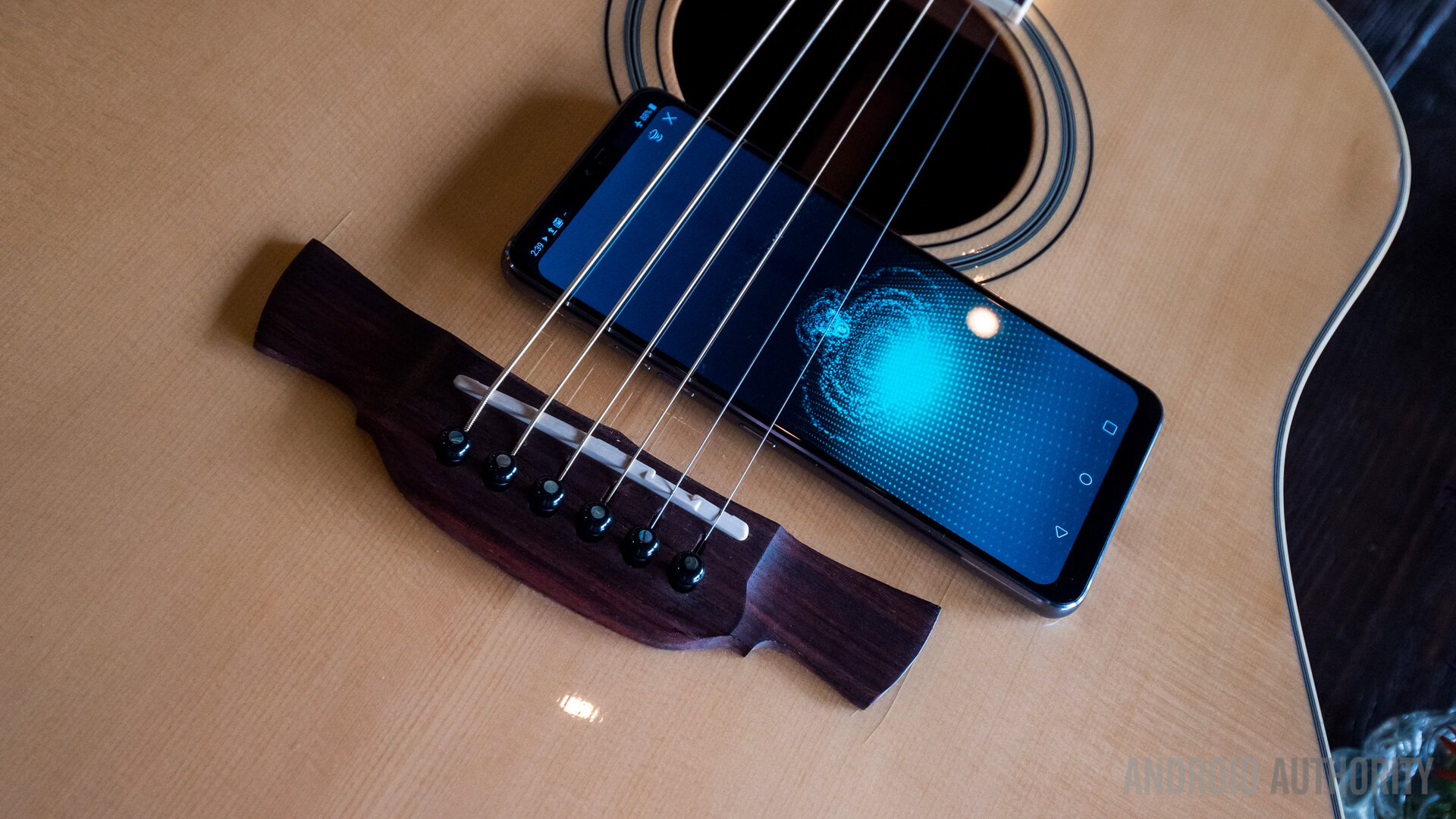
It doesn’t stop there though. The G7’s speaker experience has some pretty impressive new tricks up its sleeve too – despite there being just one speaker grill at the bottom, the whole back of the phone has been made into a sound chamber.
Perhaps the smaller battery helped with this, but the bottom line is that a little bit of space between the backing and what it covers allows for much more resonant sound. The whole back vibrates when audio is played loudly, and then laying the phone down on a hollow container or box results in a fuller and richer experience LG calls Boombox Sound.
The box beneath the phone becomes the amplifier, making this an immensely better alternative to a phone put in a glass cup. LG provided some demos comparing the G7 with its previous iteration – there is simply no contest here as Boombox Sound blows the competition away.
The sound enhancements from G6 to G7 is just one example of proper evolution.
And to keep the good times rolling, we can now go to the camera. LG has made one particularly great enhancement from the G6 to G7: the front-facing camera. Simply put, the front-facing camera is actually good now. A bump up to 8MP from 5MP is coupled with better processing so that pictures are more detailed, sharper, and even include a bokeh background effect for portraits. Though it was a bit baffling to see LG fail at good selfies until now, this is one of the upgrades that we’re sure LG fans are going to love in the latest phone.
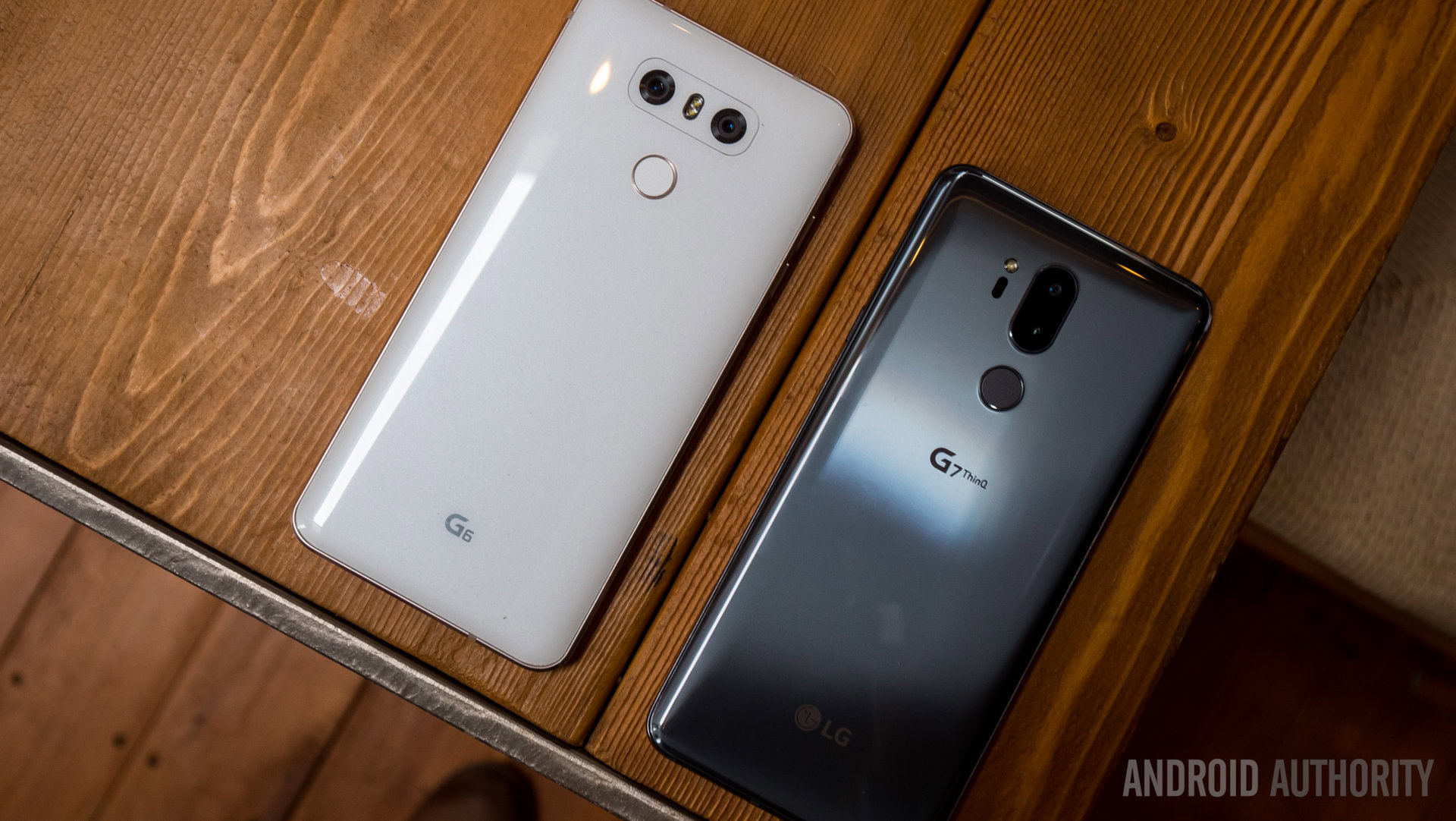
The main camera experience is very similar between these two phones, but some tweaks have been made in the newer version. The G7 now sports 16MP in both lenses on the back, but the wide-angle lens has a slightly narrower field-of-view at 107 degrees. This eliminates some of the distortion at the sides of the frame without sacrificing too much of the wide view.
Rest assured that the wide camera is still effective in plenty of situations and is definitely just as fun to use. If you want to get more than just you in your photo, just turn the phone around to get a wide selfie or use the video recording mode for some unparalleled smartphone vlogging. Speaking of video, the manual video modes and the Cine Video filters from the V series are still prominently featured in the G7.
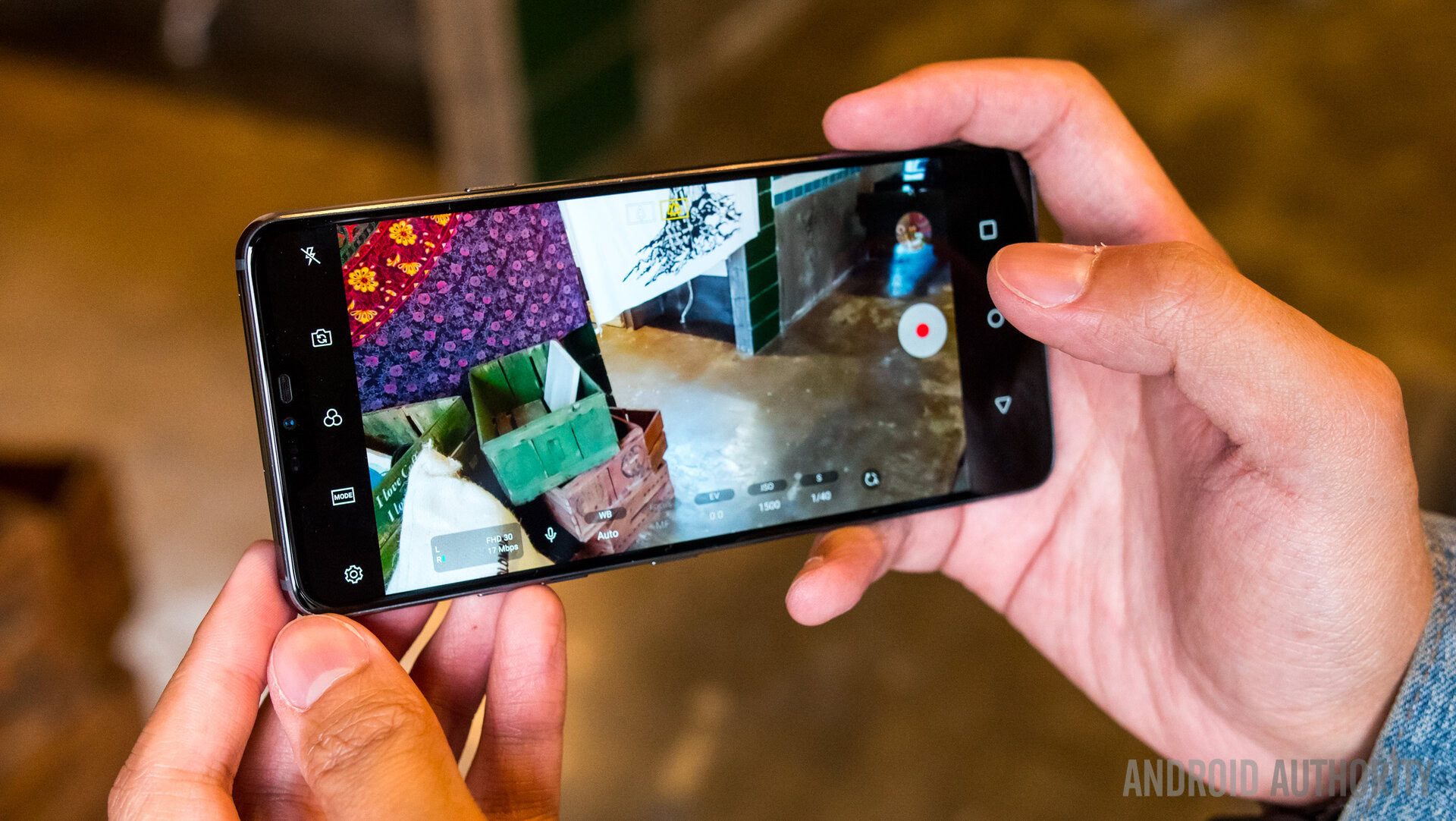
Portrait mode is now available in the camera app but it still uses the dual lens despite the lack of a telephoto lens. The two work together nicely and the photo retains the focal length of the regular lens. This means you will not have to move backward to fit extra subjects into the frame and the background bokeh effects remain.
A much better front-facing camera might be enough for you to consider upgrading.
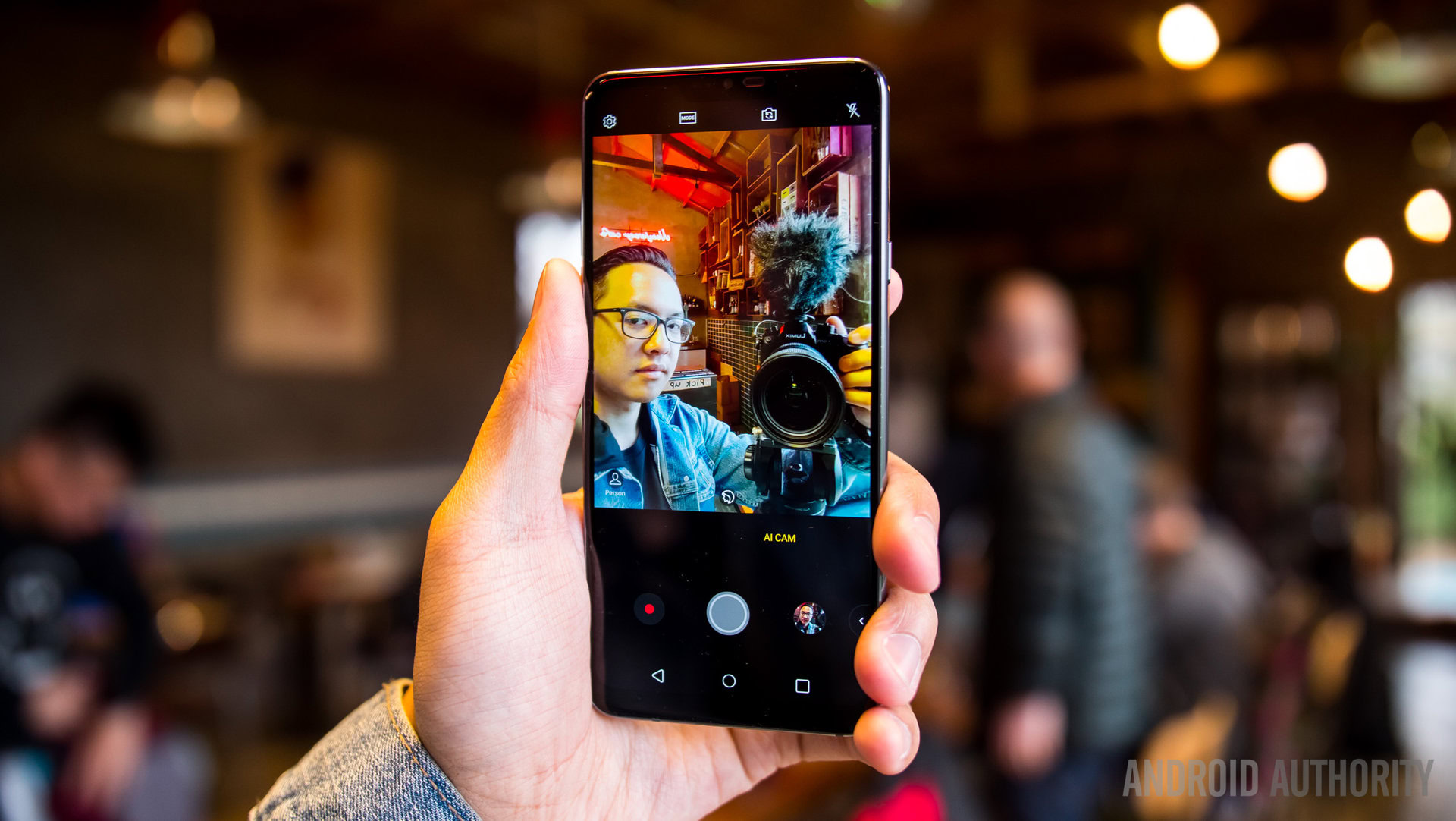
Other phones are finding different ways of handling low light photography, but LG went with a technique called pixel binning to make their low light shots viable. Those 16MPs can be grouped into sets of 4 so that more light can be flooded into the sensor, with the result being a 4MP picture with better exposure. This is a mode that we haven’t been able to test out much yet, so we will soon do more comparisons especially against the G6 which lacks this Super Bright Camera mode.
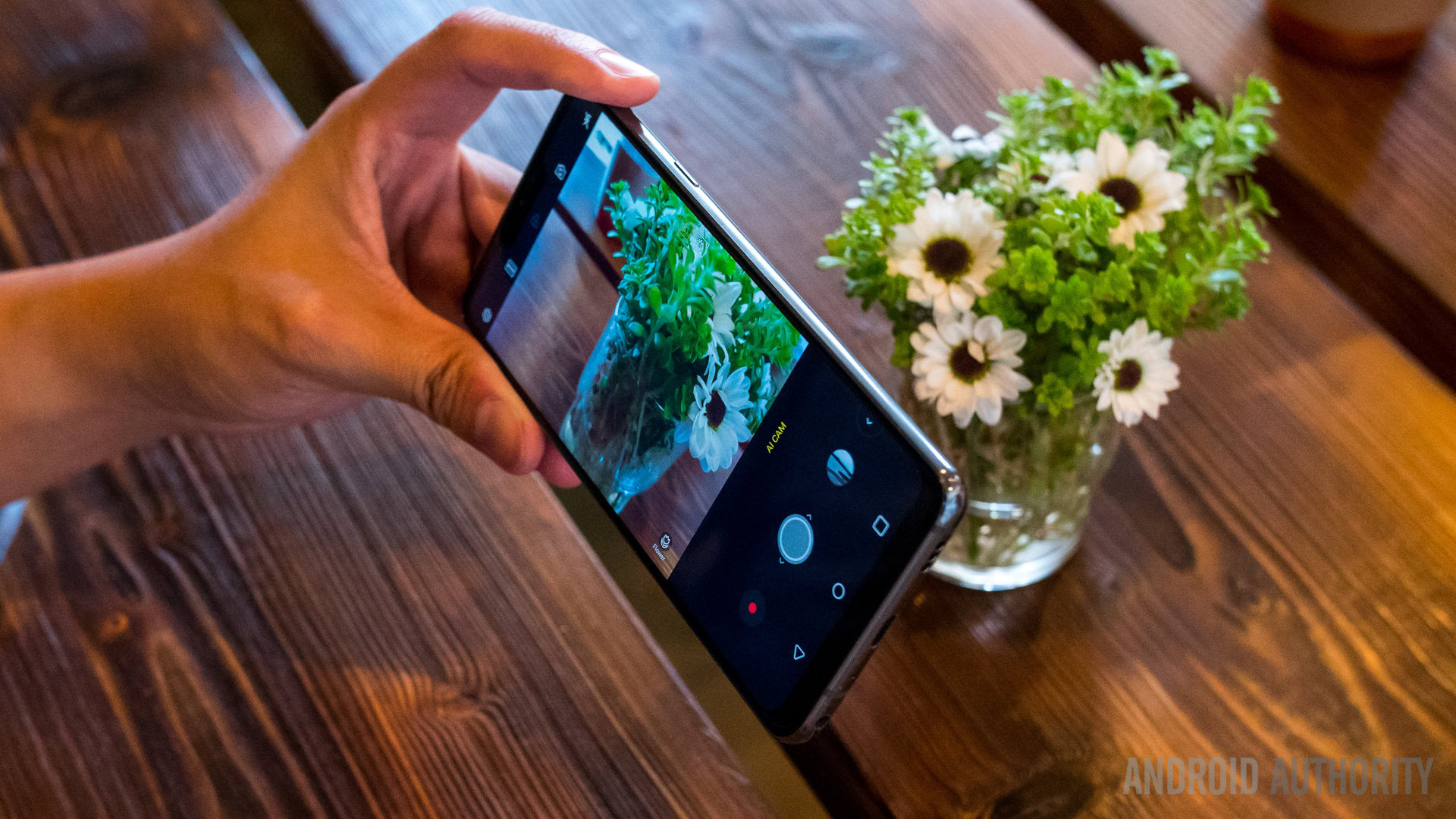
And finally, AI gets put into the camera so that some of the guesswork can be taken out of the shooting experience. Whereas it took a couple of phones after the G6 for AI to make it into the LG V30S, the G7 rocks it proudly through AI CAM.
Turning AI CAM on releases the Tag Cloud, showing all of the different objects and words that have been built into the camera software. The camera does its work to figure out what the subject is and after making the (mostly consistent) final choice, settings in the camera are changed to create a good final shot. Greenery is a mode, for example, where the saturation is bumped up in favor of the green in trees and grass.
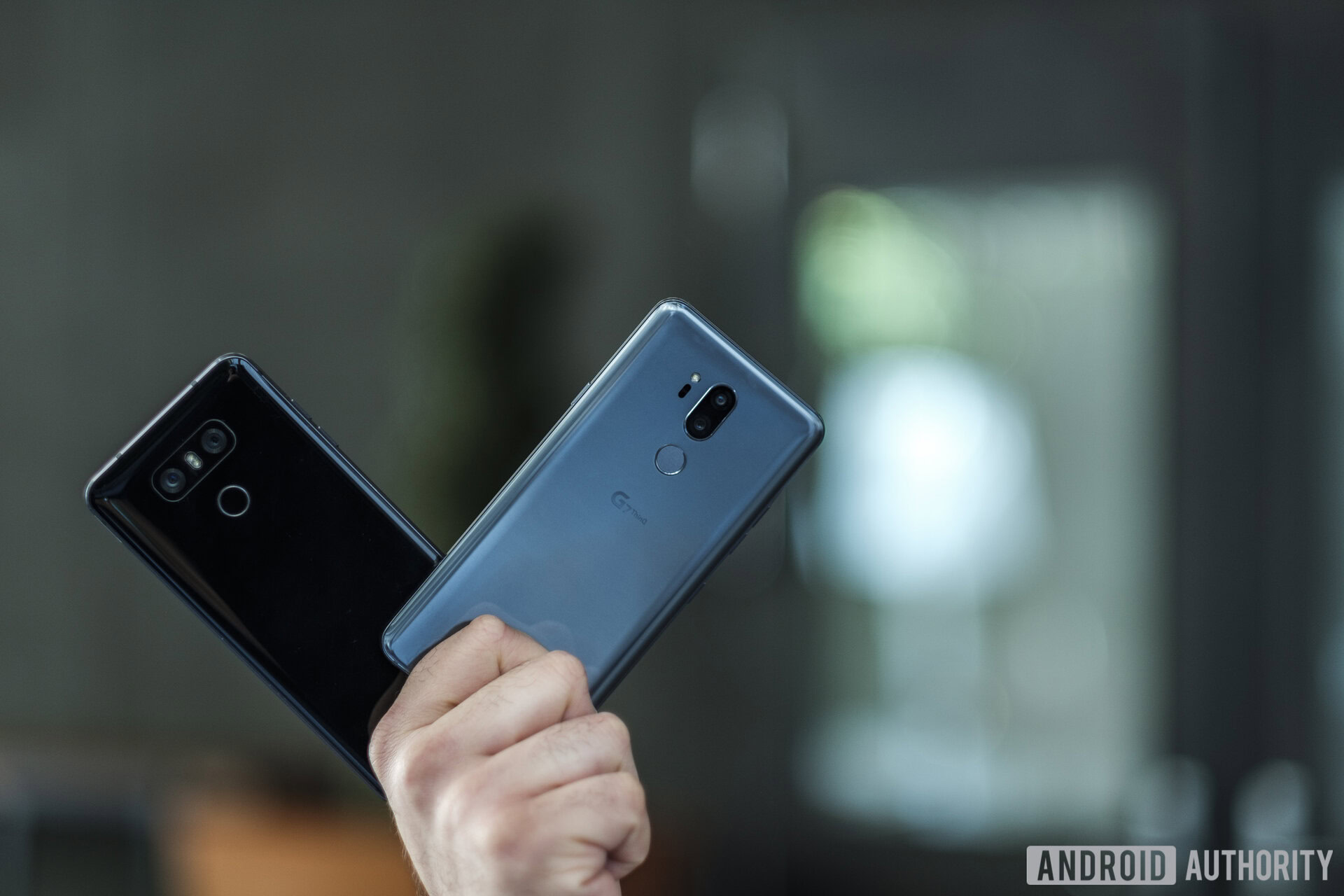
We’ll be putting these phones through their full paces once we get our hands on the final G7 review unit. As far as the camera goes, the low light performance is definitely one to look out for as well as the changes to the wide angle lens to minimize distortion. Aside from all that, there are definitely some key enhancements that do enough to update the formula of the G6 – perhaps bringing it just on par with the rest of the smartphone flagship game. For now, we can already be certain that the evolution from the G6 to the G7 should be enough to make you desire the upgrade. If anything, do it for the front-facing camera.
LG G6 users, let us know what you think and don’t forget to check out the rest of our LG G7 coverage here at Android Authority!